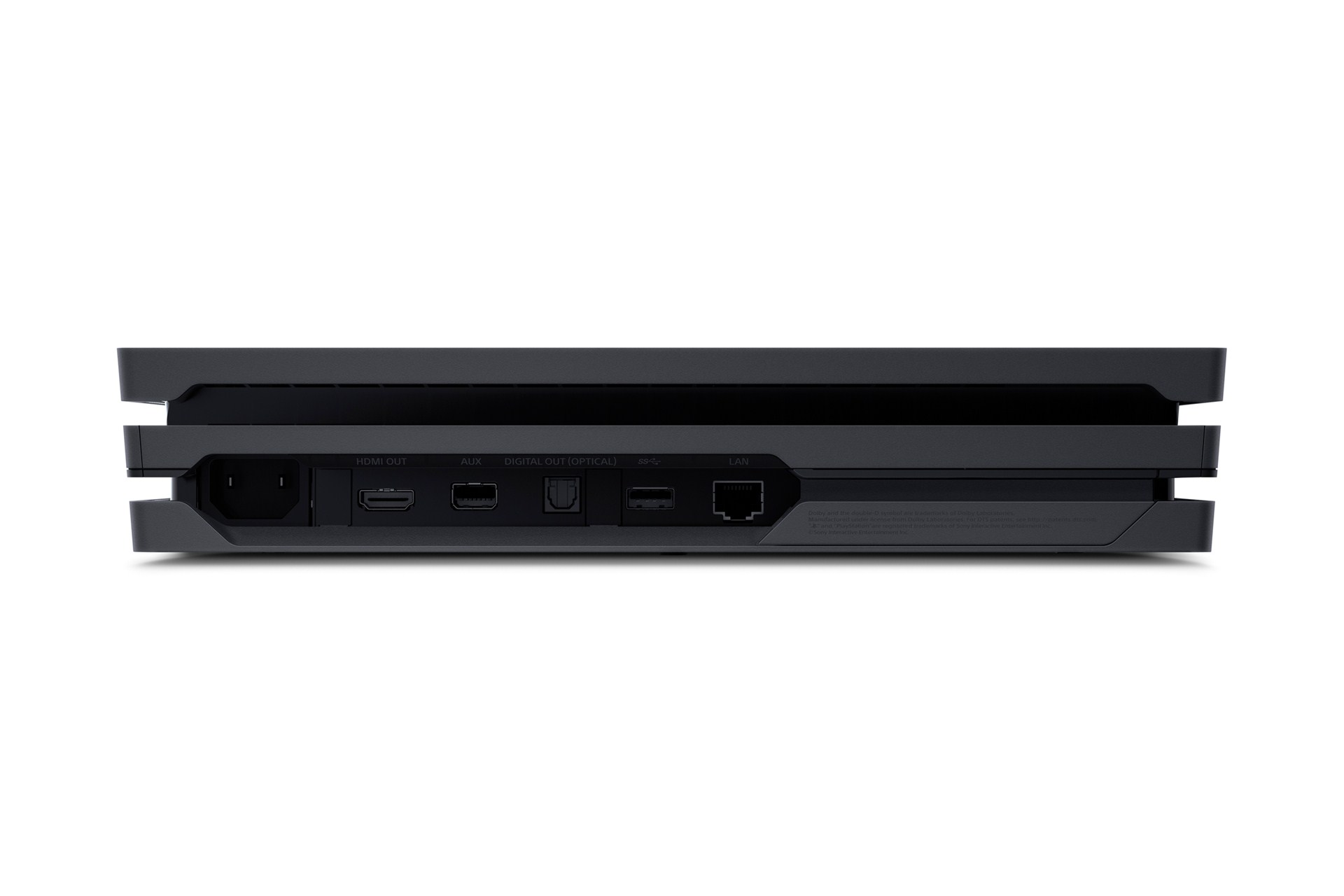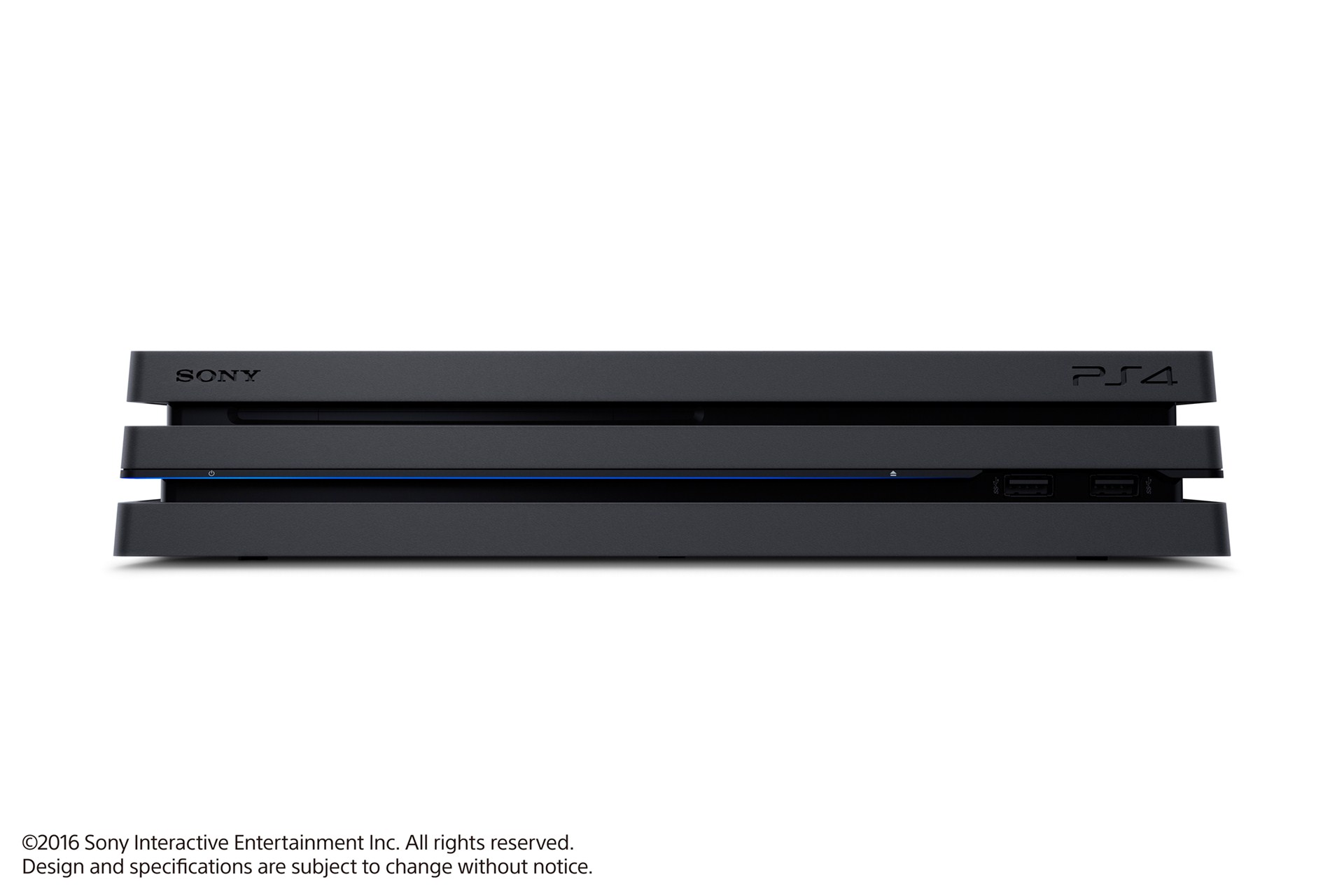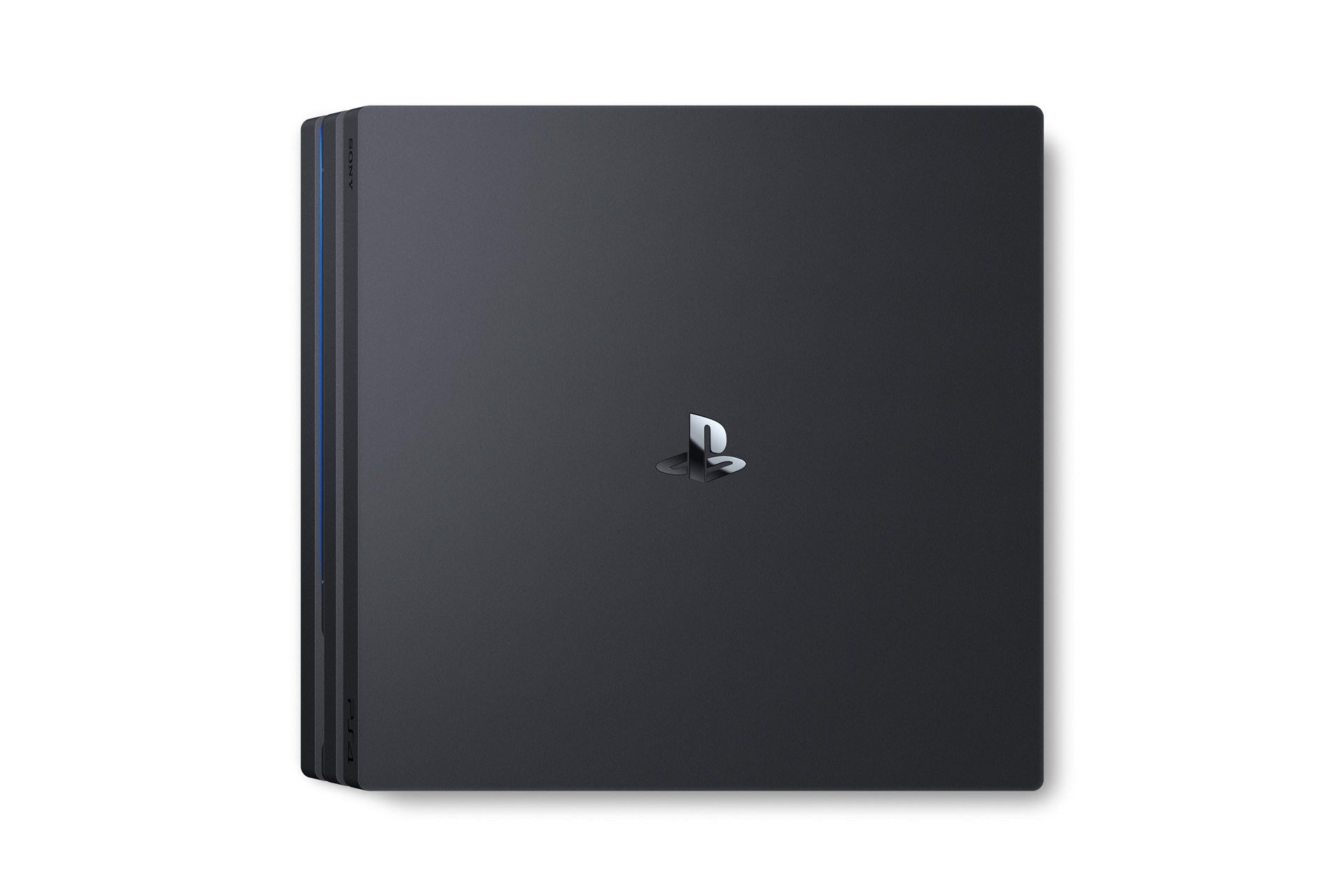
The PlayStation 4 Pro marks a new era for console gaming and for the industry as a whole. It marks the beginning of an era where new console hardware iterations will happen in an incremental manner similar to what Apple does with its devices. But whether Sony will release an updated “Pro” version of the PS4 Pro is something that remains to be seen but with the upcoming arrival of Xbox Scorpio, the industry as a whole seems to be moving towards an incremental hardware model.
The PlayStation 4 Pro is out for more than a week now and we have been spending a lot of time playing games on it, and testing whether those games show any signs of improvements in visual fidelity and performance departments. We will get back to that in a bit but the PS4 Pro, at this point in time, is the most the powerful video game console ever made. Its 8-Jaguar based CPU cores present an improvement of around 30% with clock speeds improved from 1.6Ghz to 2.1Ghz along with memory increments from 176GB/s to 218GB/s. However the biggest boost is seen in the PS4’s GPU which received more than double the compute units count from 18 to 36 and that too at a higher clock speed. Overall, the increment is pretty amazing on the GPU front with appreciable improvements in memory bandwidth but the CPU is still largely under powered despite the bump.
From a design perspective, the Pro looks and feels like a double storeyed PlayStation 4. Just like the new PS4 SKU (a.k.a. PS4 Slim), both the eject and the power buttons are now physical buttons. Unlike the base PlayStation 4 which has two USB 3.0 ports, Sony have provided 3 ports…two in the front and one in the rear. The one in the rear is especially relevant if you also own a PlayStation VR headset. Instead of using the front port, you can simply connect the PSVR’s processing unit to the rear port and free them up for other tasks such as charging your controllers or transferring files through and from a media stick. Furthermore, gone is the glossy finish of the original PS4 and instead we have a matte finish for the main body. Overall, baring a few subtle changes, the PS4 Pro’s design is largely the same as the base PS4.
As Sony have stated many times before, the PS4 Pro is a PS4 after all. The user interface is largely the same with a few additions such as options for transferring your game content from your old PS4 to the Pro and resolution support for 2160p (4K). The former is extremely useful if you are already an existing PS4 user and have tons of content to transfer. The process of transferring data from your old console to the Pro is extremely simple. You just need to sign in your PSN account on both PS4s and procure a LAN wire to connect them both. We had around 750 GB of data to transfer and it took about 5 hours to get it done.
So coming back to what actually matters…the games. Is there a marked difference between games running on the base PS4 compared to the Pro? Well, it depends. To begin with, the developers would need to patch already existing games with PS4 Pro support. This could mean a number of things. Either the developer could update the game with 4K support or add different graphical options so that players who are playing on 1080p TV sets are not left behind. Ultimately it depends on the individual developer on how they want to use the PS4 Pro’s power.
Also watch:
Uncharted 4: PS4 vs PS4 Pro 4K vs PS4 Pro 1080p in 4K/60fps
Call of Duty Infinite Warfare: PS4 vs PS4 Pro 4K vs PS4 Pro 1080p in 4K/60fps
As we have stated many times before, the PS4 Pro is not powerful enough to run AAA games that utilize high end rendering techniques in “native” 4K resolution. A good case to consider here is Uncharted 4: A Thief’s End which runs at 2k resolution on the Pro with next to no improvements in performance or core assets. The Pro is simply not powerful to render the high level of fidelity found in Uncharted 4 in 4K due to memory bandwidth restrictions.
However developers can use custom techniques to improve the resolution up to 4K. For example, Watch Dogs 2 runs at a native 3200 X 1800p resolution on a 4K TV and then uses checkboard rendering to reach 4K resolution. It’s certainly not native 4K but it’s a not mere upscale either. Some games such as The Last of Us, which is built on last gen tech had no problems running at a native 4K on the Pro whereas more recent games like Battlefield 1 and Call of Duty Infinite Warfare showcased impressive improvements in resolution whilst maintaining a solid frame rate of 60fps.
For those who are planning to buy the PlayStation 4 Pro but still intend to use their 1080p TV sets should expect mixed results at launch. PS4 exclusives like Uncharted 4 and The Last of Us pretty much run at the same frame rate and image quality when playing them on a 1080p TV. However playing Ubisoft’s Watch Dogs 2 on Pro drastically reduces pop–in issues and improves anti-aliasing on distant objects, resulting into a sharper and crisper image quality. Furthermore, we witnessed lower loading times on the PS4 Pro versions of Watch Dogs 2 and Skyrim. We also tested a number of PSVR games such as Robinson The Journey (despite the awful motion sickness it brings along with it!), and we observed marked differences in image quality and aliasing. The base PS4 version of the game suffers from blurred image quality but the Pro version drastically improves IQ.
Also watch:
Battlefield 1: PS4 vs PS4 Pro 4K vs PS4 Pro 1080p in 4K/60fps
The PlayStation 4 Pro is a fantastic machine. For its asking price it has a ton to offer. When we think about the Pro we think of three groups of players. The first group of players that already have a PS4 and are planning to buy a Pro just to play it on their 1080p TV sets. Then in that case you are better off with your old PS4. Yes, the Pro brings in some improvements for 1080p TV owners but you won’t even notice them unless you run the games side by side.
Secondly, people that already have a PS4 and are planning to buy the Pro for their 4K TV. In this case they might need to compromise on non-native 4K support for most AAA games. If you are okay with checkerboard rendering up to 4K, then go ahead and buy a Pro but there is no way that custom rendering techniques will match up with native 4K. So if this is a concern for you then we would suggest again that holding on to your old PS4 is the way to go. And lastly, the group of players who don’t have a PS4 yet. For them the PS4 Pro is a no-brainer, it is a machine that they need to buy this holiday season.
So overall, PS4 Pro is great value for first time PlayStation 4 players and even for those who already have a 4K TV provided they are okay with non-native 4K resolution support for their games. At the end of the day, it’s quite remarkable how Sony are pushing the 4K gaming paradigm shift on a $399 gaming console and how that approach is ultimately extremely important for the industry as a whole and for its progress towards the 4K era.

















